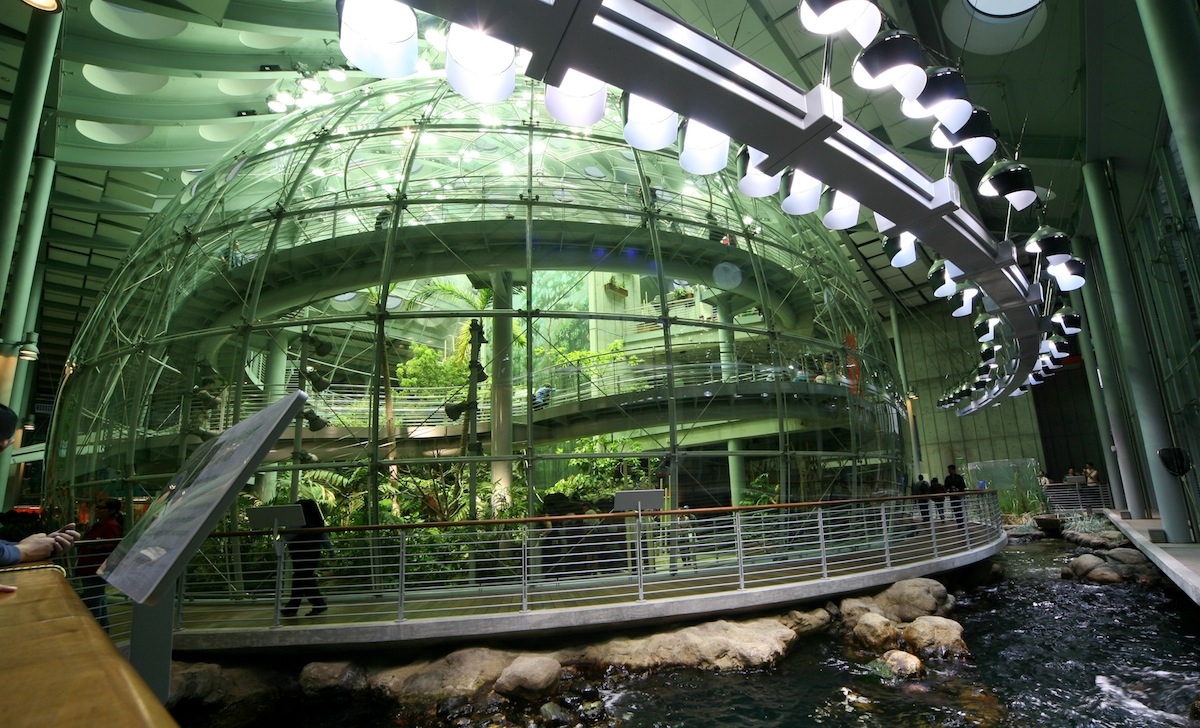The U.S. Green Building Council (USGBC) said it has availability of a new path for California project developers seeking LEED certification.
Starting July 1, non-residential projects in California subject to the mandatory 2013 California Green Building Standards Code (CALGreen) requirements will be able to use an alternative documentation path for LEED. CALGreen is the nation’s first statewide mandatory green building code, covering nearly all residential and nonresidential construction in California.
This new path will make beyond-code green building leadership even more accessible as the state continues to set more aggressive targets for energy and water efficiency, USGBC says.
The alternative documentation path outlines a set of documents that projects may provide in lieu of standard LEED documentation in order to demonstrate LEED compliance.
The alternative documentation path will be available for use on factors related to indoor water use reduction, refrigerant management, the storage and collection of recyclables, construction waste management, and the use of low-emitting paints and adhesives.
“These new streamlined documentation options offer cost savings to project teams while maintaining the quality and rigor of LEED,” says Jeremy Sigmon, director of Technical Policy, USGBC. “In turn, projects already designing and building to the CALGreen code will find LEED and its many benefits more readily within reach.”
Related Stories
| Aug 11, 2010
AIA Course: Building with concrete – Design and construction techniques
Concrete maintains a special reputation for strength, durability, flexibility, and sustainability. These associations and a host of other factors have made it one of the most widely used building materials globally in just one century. Take this free AIA/CES course from Building Design+Construction and earn 1.0 AIA learning unit.







